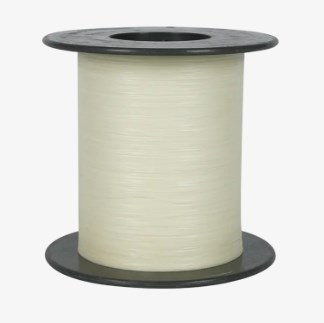Polyester printing fabric , or polyester fabric with printed designs, has become a staple in the textile industry due to its myriad of benefits and versatility. Această fibră sintetică, realizată din poliester, oferă o combinație unică de proprietăți care o fac ideală pentru o gamă largă de aplicații, de la modă și decor pentru casă până la utilizări industriale.
Polyester fabric is produced through a process involving organic dicarboxylic acids and diols, which undergo polycondensation to form polyester. This polyester is then spun into fibers through a process known as spinning. Țesătura rezultată este cunoscută pentru rezistența ridicată, modulul ridicat, absorbția scăzută a apei, rezistența excelentă la abraziune și rezistența la coroziune. Aceste proprietăți fac din țesătura de poliester o alegere excelentă pentru diverse industrii, inclusiv textile, construcții, automobile și electronice.
Polyester printing fabric combines the inherent properties of polyester with the aesthetic appeal of printed designs. The high color yield and sharpness of prints on polyester fabric make it a popular choice for fashion and home decor. Fie că este vorba de modele vibrante pentru îmbrăcăminte de vară sau modele elegante pentru perdele și tapițerie, țesătura de imprimare din poliester oferă o gamă largă de opțiuni pentru a se potrivi cu gusturi și stiluri diferite.
Polyester fabric's high elasticity and elastic recovery make it an excellent choice for wrinkle-resistant clothing. This means that garments made from polyester fabric can retain their shape and appearance, even after repeated wear and washing. This is particularly appealing for consumers who prefer clothing that does not require ironing or special care.
Polyester fabric has lower moisture absorption and poorer breathability compared to natural fibers like cotton and wool. This can make it less comfortable to wear in hot and humid conditions, as it may trap sweat and moisture, leading to discomfort and odors. Despite this, polyester fabric's durability and ease of care make it a practical choice for many consumers.
The environmental impact of polyester fabric production and disposal is an important consideration. Polyester is a plastic-based fiber, and its production involves the use of fossil fuels and the release of greenhouse gases. Cu toate acestea, progresele tehnologiei de reciclare au făcut posibilă producerea de țesături din poliester din materiale reciclate, cum ar fi îmbrăcăminte de poliester reciclată și sticle de plastic.
Alegând țesătura de imprimare din poliester reciclată, consumatorii își pot reduce amprenta de mediu și pot contribui la o industrie textilă mai durabilă. Additionally, proper disposal and recycling of polyester fabric can help minimize waste and pollution.
To maintain the beauty and durability of polyester printing fabric, proper care and cleaning are essential. Polyester fabric can be machine washed or hand washed using lukewarm water and a gentle detergent. Avoid using bleach or harsh chemicals, as they may damage the fabric's fibers and prints. After washing, lay the fabric flat to dry or hang it in a cool, well-ventilated area to avoid heat damage.













